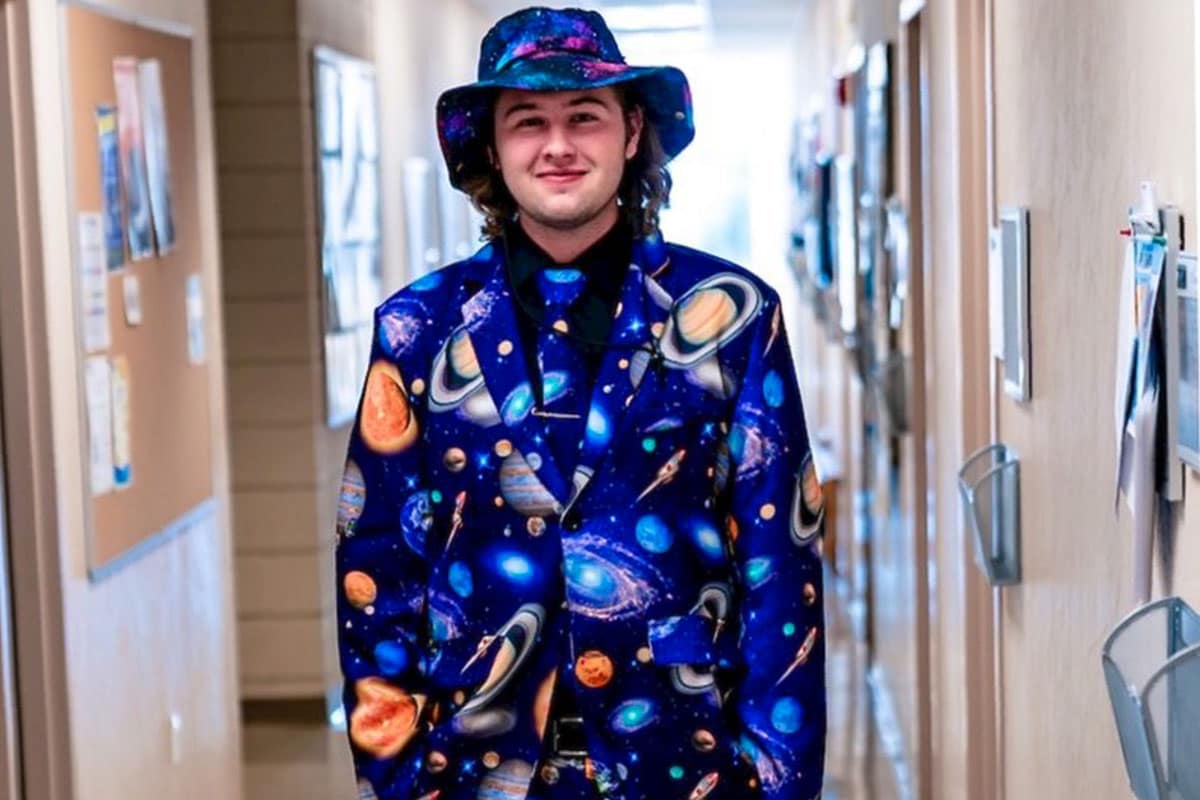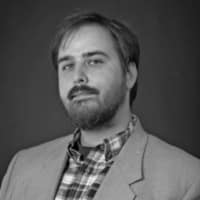Embry-Riddle Alumnus Probes Mysteries of Spacetime

Colter Richardson first came to Embry-Riddle Aeronautical University as a high school student. Now, his research on detecting gravitational wave memory, which he conducted as an undergraduate, could confirm a prediction of Albert Einstein’s and offer new insights into the violent processes that shape the universe.
When massive stars explode, the blast is not always perfectly symmetrical, Richardson explained. Metal-rich fragments can create bubbles that alter the shape of the explosion to produce ripples in spacetime. These ripples can disrupt the framework that merges space and time, influencing how objects move under gravity.
Einstein’s general theory of relativity predicted the existence of gravitational waves, the ripples in the fabric of spacetime. Unlike typical gravitational waves that temporarily stretch and squeeze space, these distortions can become permanent.
“This deformation is the memory of the explosion, Richardson said. “It’s important because it permanently alters the distances between objects in spacetime. By detecting a memory signal, we are learning about the morphology of dying stars, which are directly or indirectly responsible for most of the elements larger than oxygen and could shed light on the formation of our solar system.”
Richardson’s research expanded upon established methods for detecting black hole mergers by refining filtering techniques to isolate subtle gravitational wave memory signals within highly noisy data.
Richardson, who earned his bachelor’s degree in Space Physics from Embry-Riddle in 2021, started the research as an undergraduate student under the guidance of Michele Zanolin, a professor in the Physics and Astronomy Department and a longstanding member of the Laser Interferometer Gravitational-Wave Observatory (LIGO) Scientific Collaboration.
Richardson also collaborated with Dr. Haakon Andresen, of AlbaNova University in Sweden, and Dr. Anthony Mezzacappa, of the University of Tennessee, Knoxville. The research was published in the journal Physical Review Letters in December.
“What we have on this campus is a specific mission involving undergraduate students,” said Zanolin. “I don’t know any physics department in the United States with such a high fraction of undergraduate students involved in publications.”
Richardson, who grew up in Prescott, Arizona, has had his academic journey shaped by Embry-Riddle’s hands-on approach to scientific discovery.
At Tri-City College Preparatory High School, he discovered his passion for physics and space through the Upward Bound program, a pre-college program hosted at Embry-Riddle’s Prescott Campus.
“I was lucky enough to join Upward Bound as a first-generation college student,” Richardson said. “During the summer, we would move into the dorms at Embry-Riddle and take classes, all while earning college credit. This program, and specifically its leadership, made choosing Embry-Riddle very easy.”
Richardson is now pursuing his doctorate at the University of Tennessee. He and his collaborators are working to integrate their methodology into future gravitational wave observatories, including the upcoming Laser Interferometer Space Antenna (LISA), Cosmic Explorer and Einstein Telescope.
“We have the next 50 years of detectors already proposed, from space detectors to triangular detectors to vertical detectors to galaxy-scale detectors, to even detectors on the moon,” said Richardson. “The future of gravitational wave detections is going to be rich with signals that we are not yet prepared for.”

 Keaton S. Ziem
Keaton S. Ziem